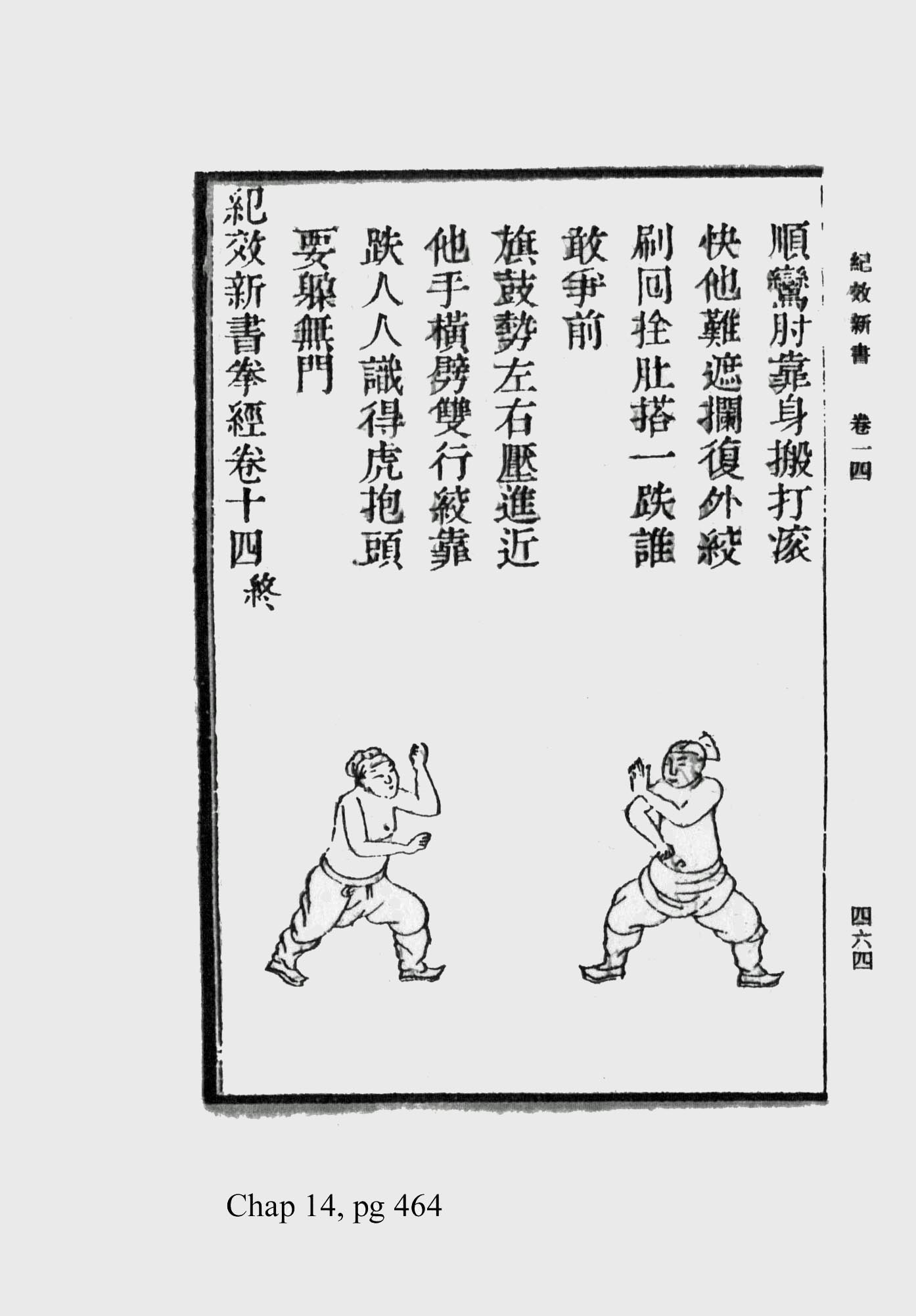|
Nanquan , China
{{Disambiguation ...
Nanquan may refer to: * Nanquan (martial art), a family of martial arts from Southern China * Nanquan Puyuan (c. 749–c. 835), Chán (Zen) Buddhist master in China during the Tang Dynasty * Nanquan Temple, a Buddhist temple in Xiangyin County, Hunan, China * Nanquan, a town in Shifang Shifang is a county-level city in Sichuan, China, under administration of Deyang prefecture-level city. It is located directly about from Chengdu. It had an area of and a population of 430,000 in 2004. Shifang has a history stretching ba ... [...More Info...] [...Related Items...] OR: [Wikipedia] [Google] [Baidu] |
Nanquan Temple
Nanquan Temple () is a Buddhist temple located in Xiangyin County, Hunan, China. History In 1140, in ruling of Emperor Gaozong of Song dynasty (960–1279), when Chan master passed by, he set up a Buddhist temple named "Shuanglin Chan Temple" (). Because the well is in the south of the temple, it was named "Nanquan Temple" (Nan means south and Quan means well). The temple underwent three renovations in the Ming dynasty (1368–1644), respectively in the ruling of Yongle Emperor (1406) and in the 5th year of Zhengde period (1510) and in the reign of Jiajing Emperor (1551). The temple went to ruin by fire during the Manchu invasion of the 17th century. In 1694, in the ruling of Kangxi Emperor of the Qing dynasty (1644–1911), Chan master Chongshan Deding () restored the temple and it had reached unprecedented heyday. In 1930, Xiangyin County Middle School was established in the temple, some halls were used as classrooms. During the Second Sino-Japanese War, Xiang ... [...More Info...] [...Related Items...] OR: [Wikipedia] [Google] [Baidu] |
Nanquan (martial Art)
Nanquan refers to a classification of Chinese martial arts that originated South China. The southern styles of Chinese martial arts are characterized by emphasis on "short hitting" and specific arm movements, predominantly in southern styles such as Hung Kuen, Choi Lei Fut, Hak Fu Mun, Wuzuquan, Wing Chun, and so on. History and development of Southern Kung Fu During the Ming Dynasty, there were Wokou (Japanese pirates) active on the coast of China. At one point, Generals Qi Jiguang and Yu Dayou were stationed in Fuqing and Putian in the Central Fujian. The local monks in those areas defended themselves using iron rods to repel the pirates. Yu Dayou and Qi Jiguang taught martial arts to the local armies and civilians to fight against the pirates, with General Qi teaching the use of javelins, knives and other weaponry.Guangxi Wang (2012). Chinese Kung Fu. Cambridge University Press. ISBN 978-05-2118-664-3. The fourteenth chapter of General Qi's Jixiao Xinshu include ... [...More Info...] [...Related Items...] OR: [Wikipedia] [Google] [Baidu] |
Nanquan Puyuan
Nanquan Puyuan ( Chinese: 南泉普願; Wade-Giles: Nan-ch’üan P’u-yüan; Pinyin: Nánquán Pǔyuàn; Japanese: Nansen Fugan; Korean: 남천보원 Nam-cheon Bo-won) (c. 749 – c. 835) was a Chán (Zen) Buddhist master in China during the Tang dynasty. He was the student and Dharma successor of the Master Mazu Daoyi (709–788). Biography In the year 795, after his enlightenment experience under Mǎzŭ, he settled in a self-made hut on Mount Nanquan, from which his dharma name is derived, and lived there in eremitic solitude for three decades. In time, monks persuaded him to come down the mountain and found a monastery; from that time forward, he always had hundreds of students. Appearance in koans Nanquan appears in several koans: * 4 koans in The Gateless Gate (#14, #19, #27, #34), * 6 koans in the Blue Cliff Record (#28, #31, #40, #63, #64, #69), and * 3 koans in The Book of Equanimity (#9, #69, #91). Two koans from the Blue Cliff Record (#28 & #69) depict Nanquan ... [...More Info...] [...Related Items...] OR: [Wikipedia] [Google] [Baidu] |
